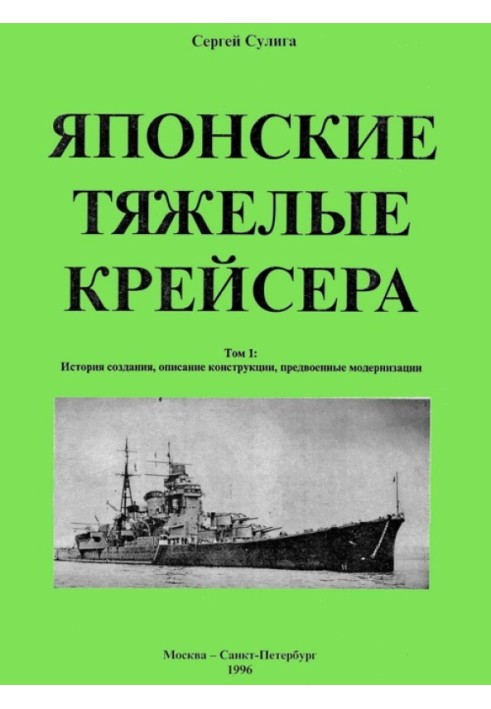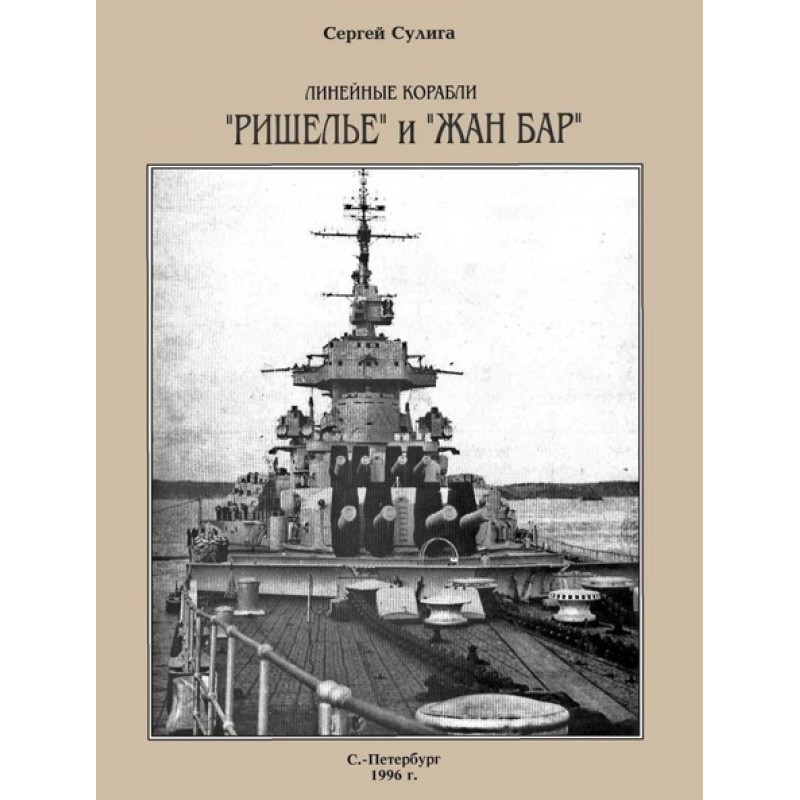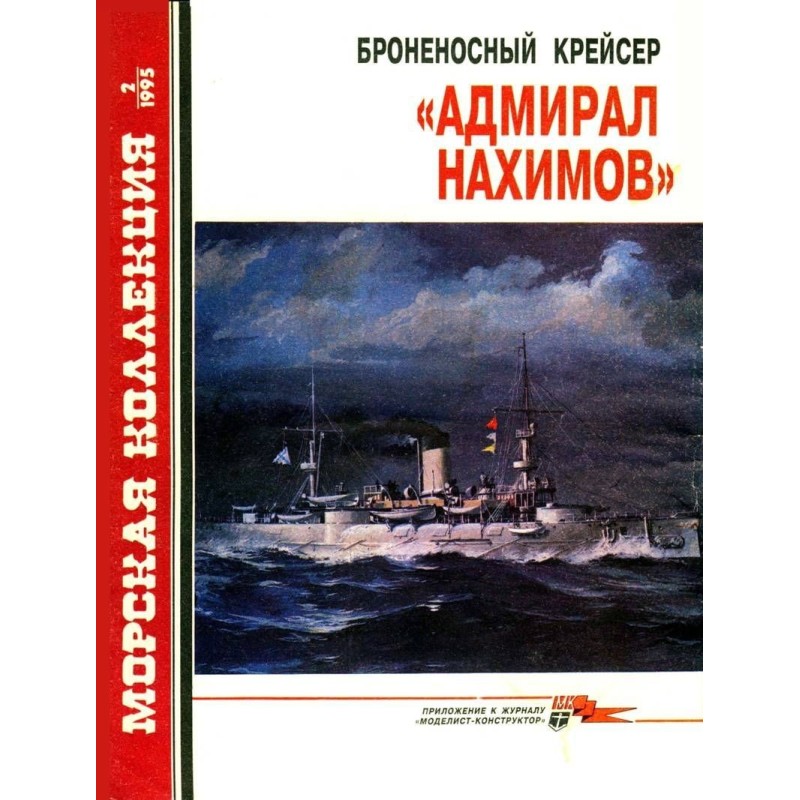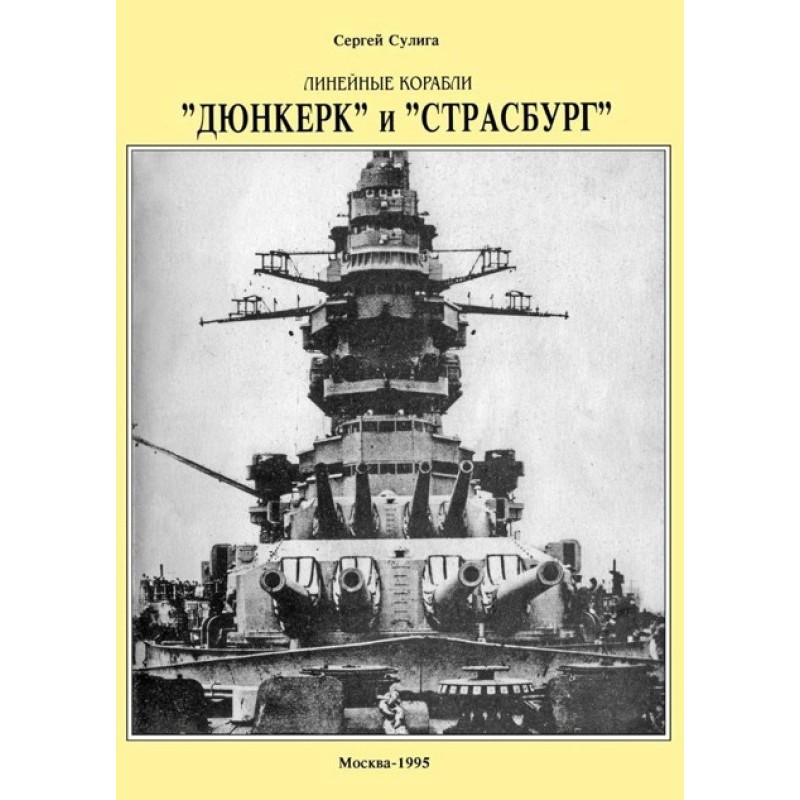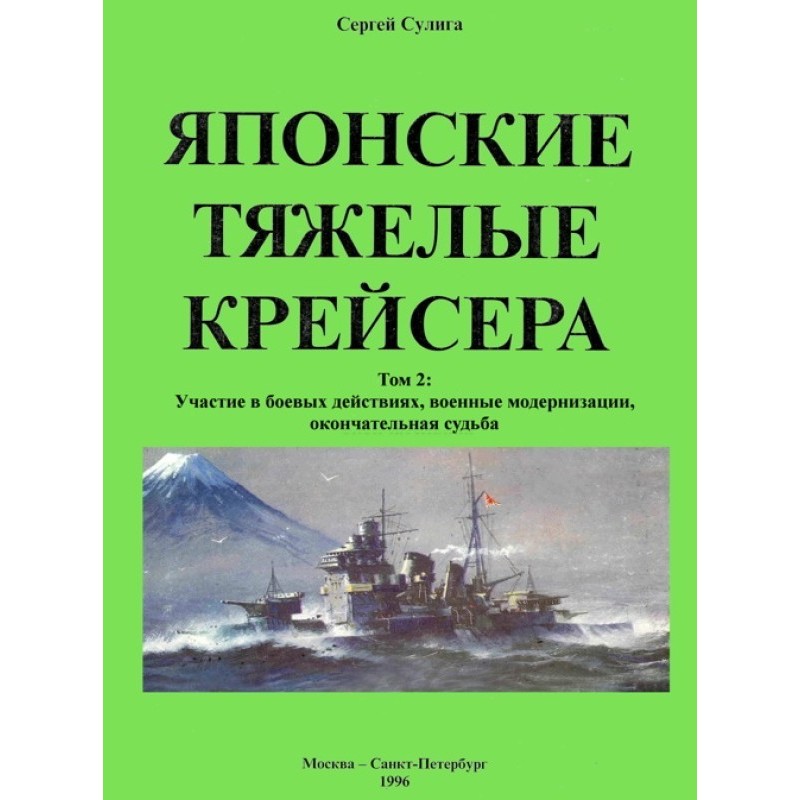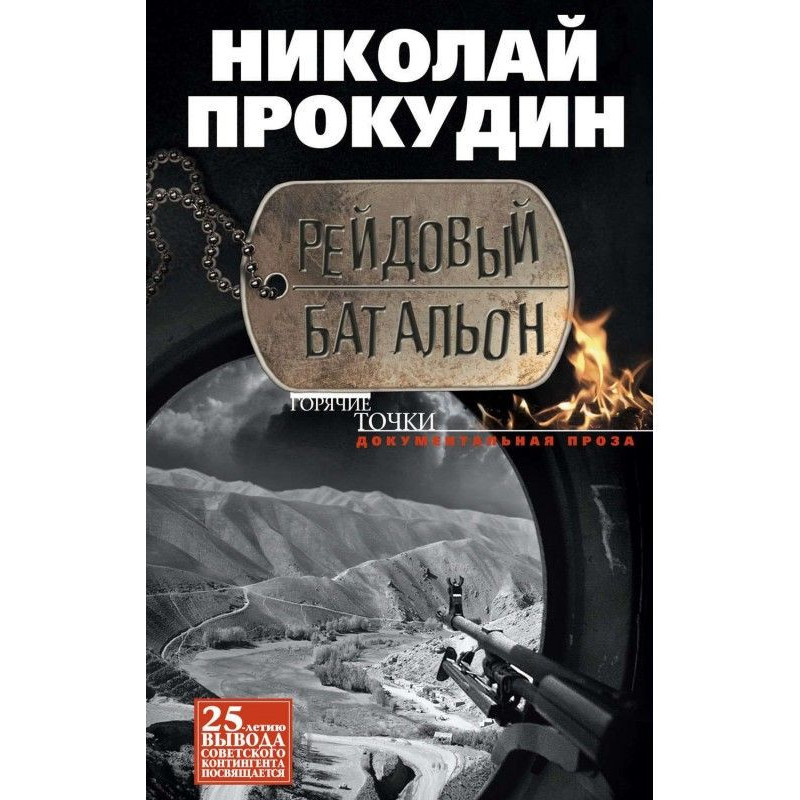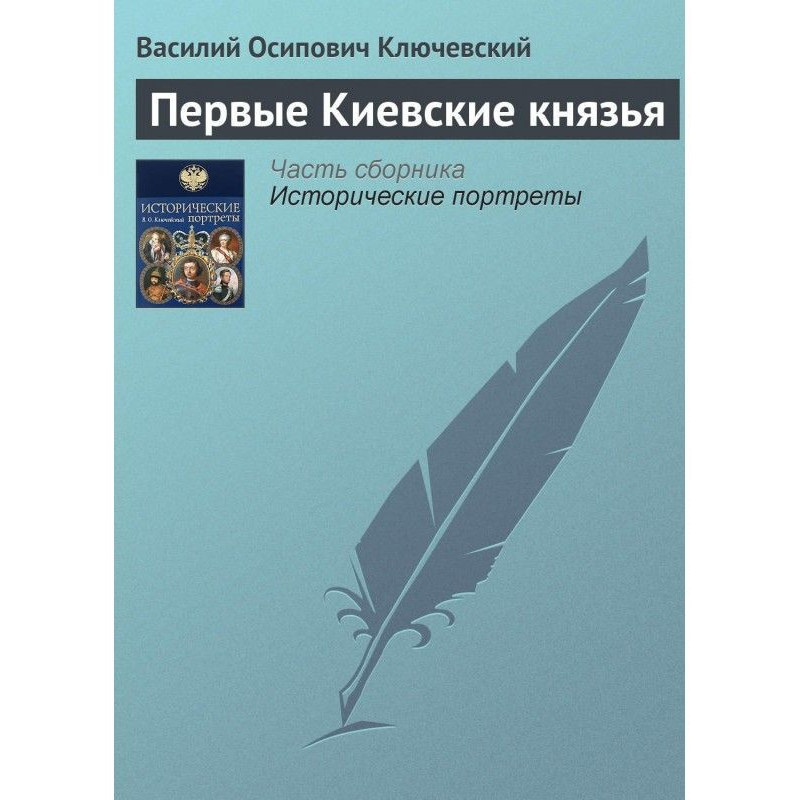Japanese heavy cruisers. Volume 1: History of creation, description of design, pre-war modernization.
 Instant download
Instant download
after payment (24/7)
 Wide range of formats
Wide range of formats
(for all gadgets)
 Full book
Full book
(including for Apple and Android)
As for the 18 Japanese heavy cruisers that became the subject of this monograph, the first of them appeared as 7,100-ton long-range reconnaissance ships for the ocean-going fleet, and their projects were approved even before the signing of the Washington Treaty. However, they were also created with an eye on the British trade-protection cruisers of the end of the First World War of the Hawkins type, which are considered the direct predecessors of all “Washingtonians”. Having built 4 ships with weapons that were noticeably inferior to the first “10,000-ton ships” of potential opponents, the Japanese more than compensated for their lag in the next two series, through all sorts of tricks (and they did not disdain violating treaties) by giving them 1-2 more guns, than others, as well as the most powerful torpedo and aircraft weapons. As a result, 8 cruisers of the “Myoko” and “Takao” types began to be considered, not without reason, the strongest in the world. The Japanese admirals had high hopes for these ships in a night battle against the numerically strongest US battle fleet - a battle that, according to their plans, was supposed to precede a general battle. The reconnaissance functions in the interests of the battle fleet faded into the background, especially with the development of carrier-based aviation. The appearance of the last 6 heavy cruisers in the Japanese fleet has no analogues in the practice of world shipbuilding: built as light ones (class “b”) with unprecedentedly powerful weapons of 15 155-mm guns, but with the possibility of rearmament to 203-mm caliber built into the design, they were quickly converted to heavy ones as soon as the Japanese refused to comply with all treaties. As a result, by the beginning of the war in the Pacific Ocean, the number of ships of this class among the main rivals - Japan and the USA - turned out to be equal. The publication was released in a format similar to the “Warships of the World” series.
Data sheet
- Name of the Author
- Сергей Сулига Васильевич
- Language
- Russian
Reviews
Вражаюча монографія для всіх шанувальників військової історії!
Книга "Японські важкі крейсери. Том 1" є справжнім подарунком для тих, хто цікавиться історією військового флоту та кораблебудування. Автор детально описує процес створення 18 японських важких крейсерів, їх конструкцію та модернізації, що робить цю монографію не лише інформативною, але й захоплюючою. Якість подачі матеріалу вражає: кожен аспект, від проектування до бойового використання, розглядається з великою увагою до деталей. Читачі можуть дізнатися про хитрощі, які японці використовували для досягнення переваги над своїми суперниками, а також про еволюцію концепції важких крейсерів у контексті міжнародних договорів. Книга написана зрозумілою мовою, що робить її доступною для широкого кола читачів, навіть тих, хто не є експертами в цій галузі. Я б рекомендував цю книгу всім, хто хоче глибше зрозуміти історію японського флоту та його роль у світовій військовій історії.

